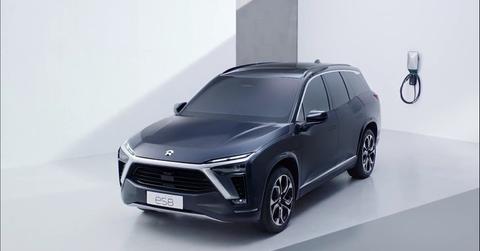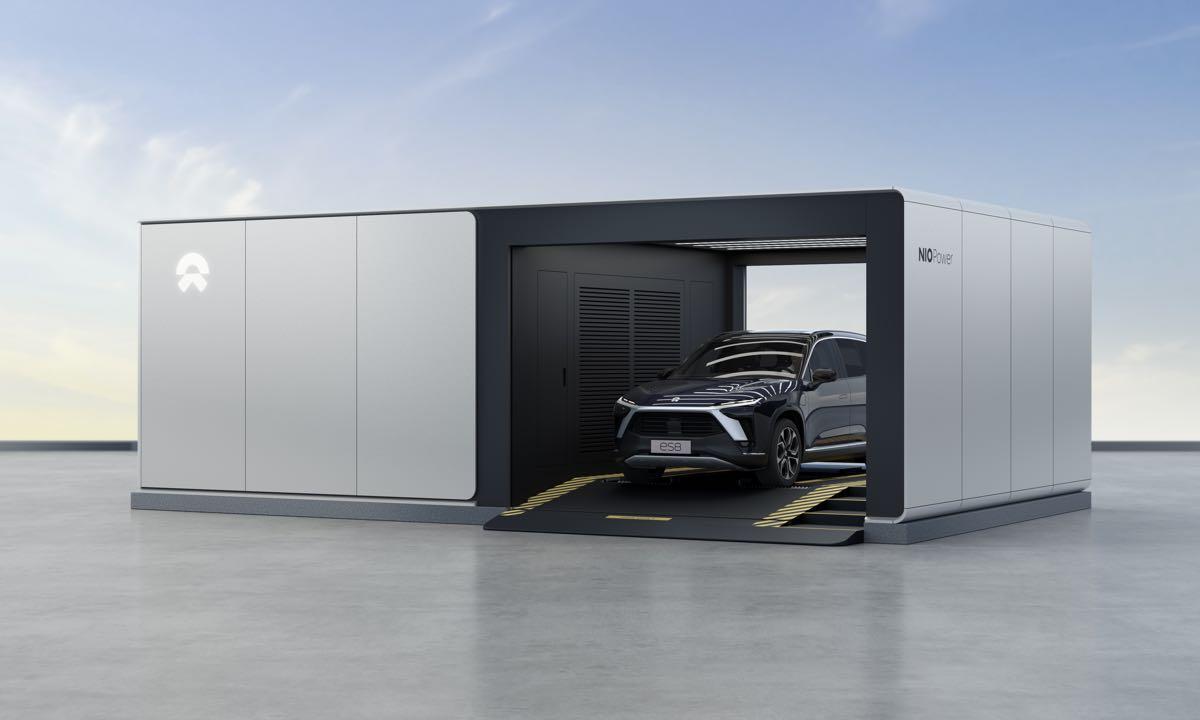Why NIO Stock Should Climb Multiple Times by 2030
NIO stock has lost nearly 22 percent on a YTD basis amid macroeconomic concerns and the broader sell-off in the growth space. What is NIO’s stock forecast for 2030?
Aug. 25 2021, Published 1:41 p.m. ET

NIO stock has been at the forefront of the global EV race as it returned from the brink of bankruptcy in 2020. The stock grew an impressive 1,100 percent plus in 2020. In 2021, NIO's stock gains have been muted. In fact, it has returned a negative 22 percent YTD. This loss has to do with the broader losses in growth stocks as well as the negative sentiment around Chinese stocks lately. Most of this is short-term noise and the fundamentals should catch up with the stock in the long term. What is the prediction for NIO stock in 2030 based on its fundamentals and outlook?
NIO’s overall performance has remained strong over the last year or so with positive gross margins and record deliveries.
How many cars will NIO sell in 2030?
According to a UBS forecast, every three out of five new cars sold in China by 2030 will be EVs. The bank sees China selling 6.6 million EVs in 2025 and 18 million by 2030. NIO should be a major beneficiary of this rising EV penetration trend. There doesn't seem to be a dearth on the demand side. Therefore, even amid rising competition, it will be up to NIO and how fast it can ramp up its production to meet the demand, which will dictate its sales into the future.

This year, NIO reached a deal with its partner JAC to double the production capacity to 240,000 annually. We’ll assume that it's able to ramp up its production as the demand rises. Its market share in China’s EV market was 3.1 percent in December 2020, according to EqualOcean. As NIO launches newer models, including a sedan and a more affordable EV, it should capture even more market share in the country.
NIO should garner international market share through its expansion starting with Europe. It's safe to assume that through its technological differentiation and superiority, NIO will be able to garner a market share of 8 percent in China by 2030. This implies sales of 1.44 million vehicles for the company by 2030.
NIO’s vehicle revenues by 2030
As of the end of April, NIO’s ASP (average selling price) per vehicle was 434,700 yuan ($68,720), according to CEO William Li. Going forward, NIO’s ASP should decline as it brings more affordable vehicles into the fold. On average, a 25 percent decline to this ASP until 2030 seems like a reasonable and conservative estimate. Therefore, at an ASP of $50,000, NIO should generate revenues of nearly $73 billion from vehicles by 2030.
NIO’s target price for 2030 implies five times growth
In the fourth quarter of 2020, NIO generated 93 percent of its revenues from vehicles and the rest from other sources, including embedded products and services. Going forward, the other segment should also rise as battery swap services become an integral part of the company’s strategy and autonomous driving generates more revenues.

NIO aims to grow its swap stations from the current 308 to 700 by the end of this year. It plans to keep on building 60 new swap stations every year and reach nearly 4,000 stations by 2025. The pace of acceleration for battery swap stations isn't expected to slow down even after that because it's one of the key differentiators for the stock. According to Morgan Stanley analyst Tim Hsiao, BaaS (battery-as-a-service) will reduce the cost for end-users and increase NIO’s vehicle sales by 10 percent–36 percent between 2021 and 2030.
Let’s add 10 percent from other sources, including international, which brings NIO's total revenues in 2030 to roughly $80 billion. Analysts expect NIO’s revenues to be around $5.1 billion for 2021. The revenue estimate for 2030 implies a CAGR of 36 percent, which seems reasonable for a high-growth company like NIO, which is still in expansion mode.
Applying a 4x price-to-sales multiple, we arrive at a market cap of nearly $320 billion by 2030, which is about 5x today’s market cap. By the same logic, its target price by 2030 should be nearly $200. This implies a strong growth of 400 percent for NIO stock until the end of this decade. Given rising EV penetration and the secular Chinese EV growth story, NIO stock is a good stock to own now and hold for the long term.
